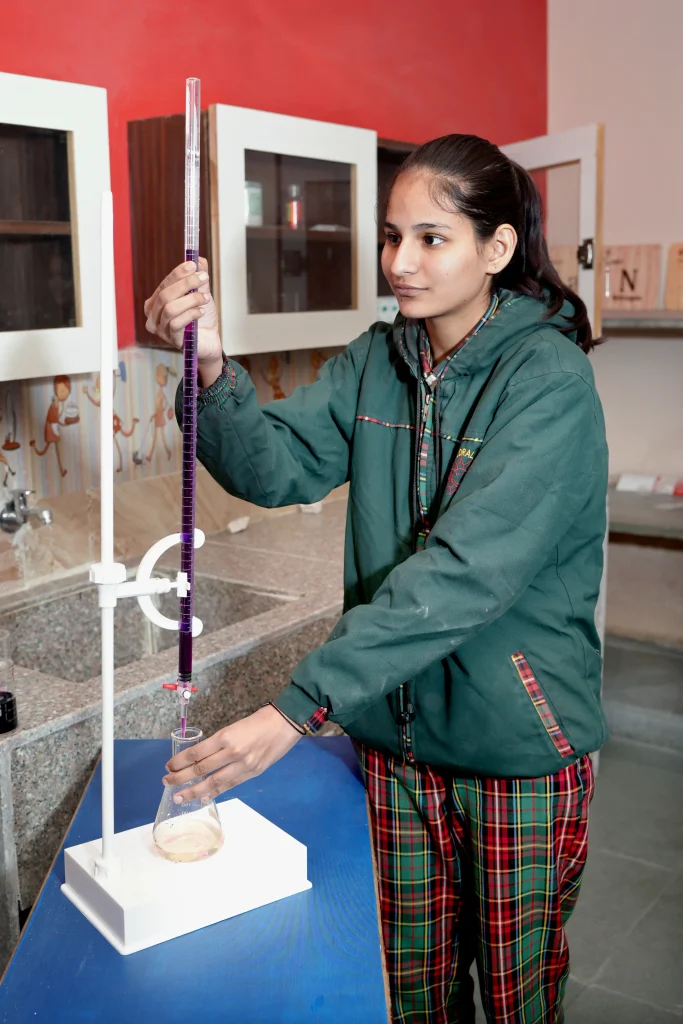Creative Learning
Creative Learning
Having a variety of options and ideas to tap into for creative lesson planning can help you to be more flexible, working with changing curriculum and different student attitudes through the years. Depending on your students and what resonates best with them, here are several ideas to help keep students engaged, enriching your lesson plans and finding ways to make material more meaningful for them.


Storyboarding
Some students in your class may be more visual learners. Storyboarding can be a creative activity that allows students to exercise more than one skill at once. Filmmakers use storyboarding to plan and communicate ideas in a visual way; students and educators can do the same. Storyboarding can be a very effective way to show interconnected relationships between ideas.
Brain Sketching
Brain sketching is a great way to keep students engaged in activities and lessons. In a brain sketching activity, students make sketches to solve a specific problem given by the teacher. Students organize themselves around a table or sit in a circle. Each student makes a sketch in an allotted amount of time (or when finished) and passes it to the person next to them. The next person can add to the sketch or use it to create a new sketch. The sketches are passed around until the group feels the problem is solved, or until a given period of time has passed.
Perspective-Taking
Ask students to take the position of another person, and to view events from the perspective of that individual. Role-playing exercises can help a person to exercise critical thinking, as well as give students a chance to practice the things they’ve learned.
Challenging Assumptions
All of us are constantly making assumptions about the world, either deliberately and unconsciously. Critical thinking and creativity are stimulated when students are encouraged to break down their assumptions. For instance, ask students to offer up their thoughts as to under what conditions are the assumptions true or false? This can help them better articulate and understand lessons learned and offer up their own unique perspective on the material.
Reversed Brainstorming
While traditional brainstorming involves creating a list of fresh ideas, reversed brainstorming, also known as negative brainstorming, involves critical analysis of a shorter list of pre-generated ideas. When it’s challenging to find a direct solution to a problem, this type of brainstorming can be valuable at revealing complex nuances to students.
Use a Concept Map
Similar to storyboarding, a concept map can be used to show complex structures between existing ideas, to generate new ideas, and to communicate multi-faceted ideas. They allow you to integrate what students already know with new information. Concept maps can be a better choice than storyboarding for conceptually dense material.
Make it Authentic
Being able to show students the importance of learning the curriculum is often effective at motivating engagement. You can do this by constructing lessons in a way that makes them feel real and practical to students whenever possible. For instance, if you’re teaching a unit on the justice system, perform a mock trial with students in each role or find a way to relate it to current events.
Make it a Game
Gamification can be a great way to get people to engage with new information. It can be particularly valuable if the game is directly related to the curriculum, but it doesn’t always have to be. Students can shoot a basketball or spin a wheel every time they answer a question, which can create a far more engaging experience for students.
The “Why” Method
This method involves creating, analyzing, and modifying a list of hierarchical knowledge. Using the “why” method involves the process of laying out a hierarchy of abstract concepts into one cohesive structure can help students to understand how to categorize those concepts. It can also help you evaluate the relationships between complex ideas and “why” one may be connected to the other, building a far more connected framework among sometimes-nebulous concepts.
SCAMPER
SCAMPER is a checklist that can be used to get students to creatively think about a product, issue, or problem and come up with an alternative solution. SCAMPER stands for:
- Substitute:Is there anything that can be substituted?
- Combine:Can anything be combined or consolidated?
- Adapt:What can you take from it to create a solution?
- Modify:Can you change or remove anything?
- Put to other use: Can you use it differently or use it to address something else?
- Eliminate: What can be eliminated?
- Rearrange:Can anything be rearranged?
Each of the words in SCAMPER can inspire students to think differently and inspire creativity.
Create a Mystery
Everyone loves a good mystery. Once important questions are brought to our minds, we feel a psychological incentive to find an answer to questions that make us curious. Use mystery to show students they lack certain information and you’ll entice them to unravel the mystery with you as you move through your lesson plan.
Use Movement
There are many creative ways to introduce a lesson using physical activity, which can make it easier for students to stay mentally engaged with the material. If you’re having a student discussion and having students choose between two sides, have the students representing each side stand on the opposite side of the room, or have them move along a spectrum to show how much they agree or disagree.
Encourage Collaboration
Encouraging collaboration among students can help keep students engaged and involved in the lesson. Through collaboration, students can put their heads together to develop a solution to a problem.
Collaboration is also helpful for teachers. Teachers can collaborate on developing materials for their grades or subject areas with creative input from each educator.
